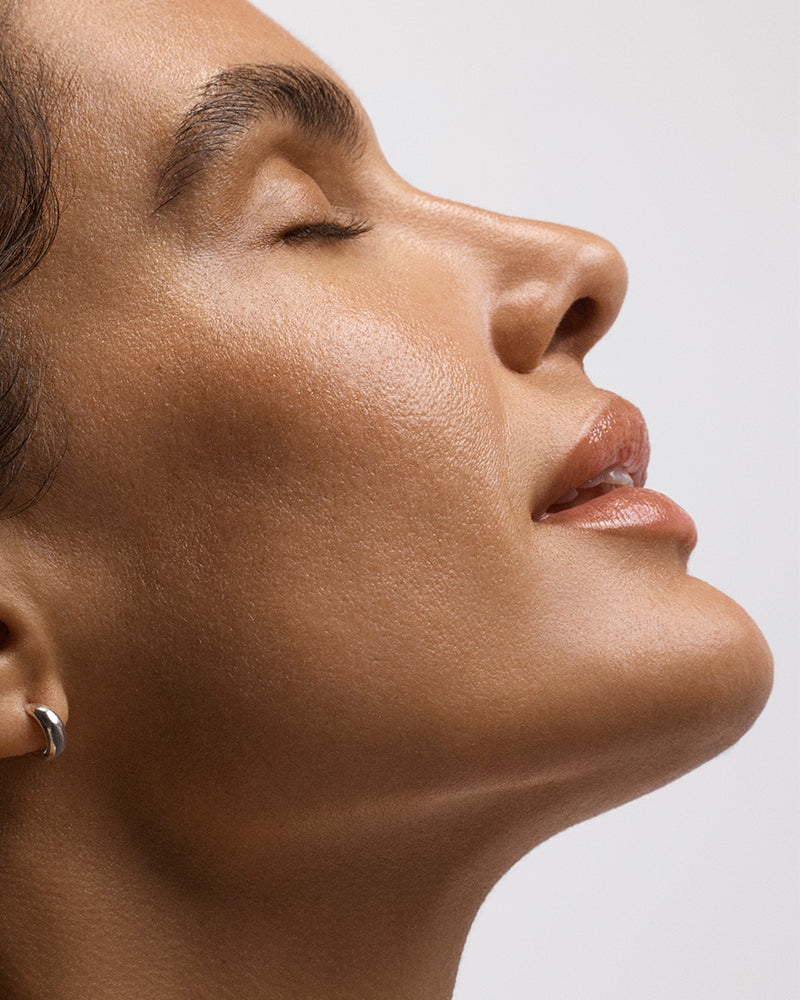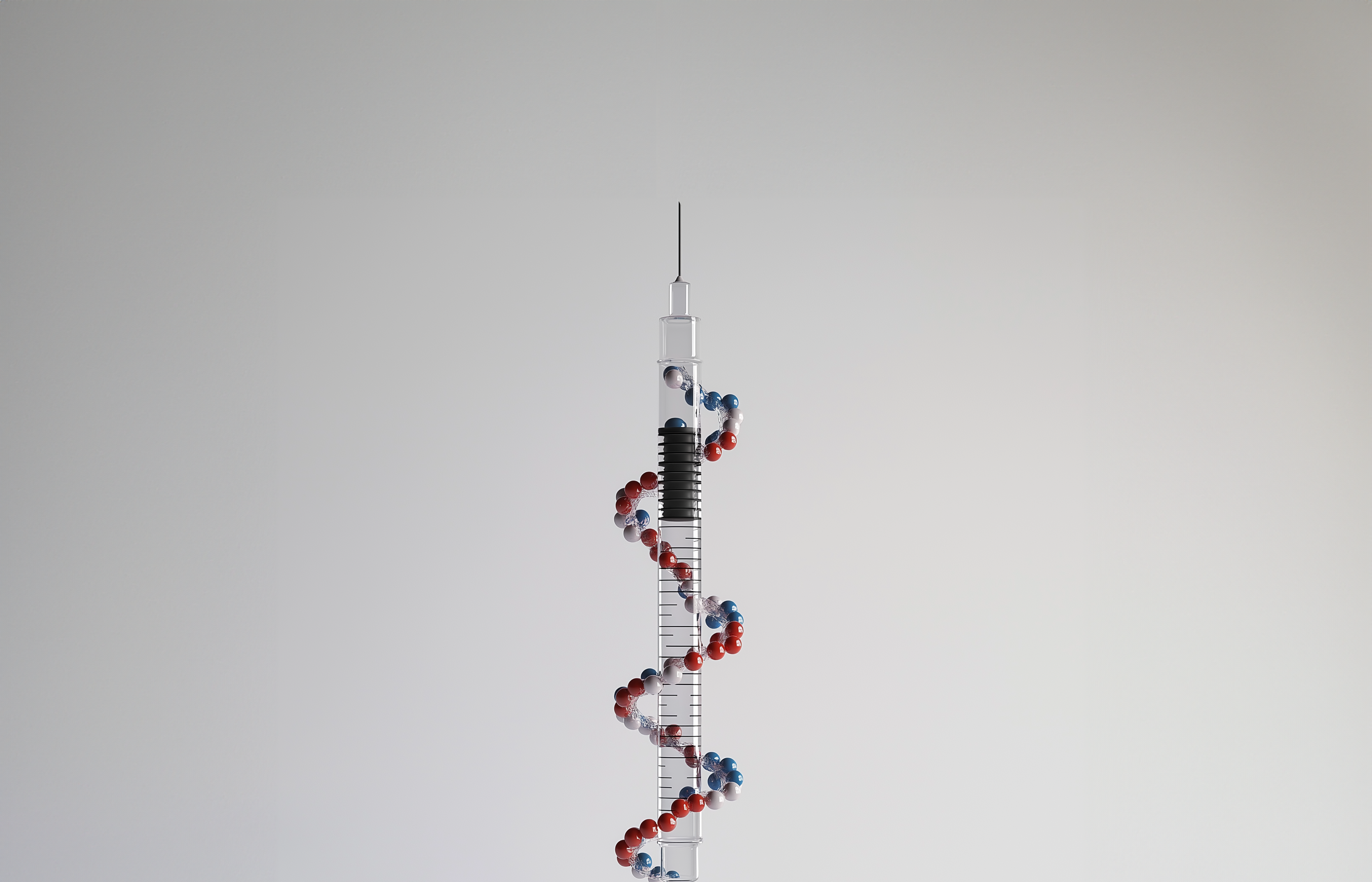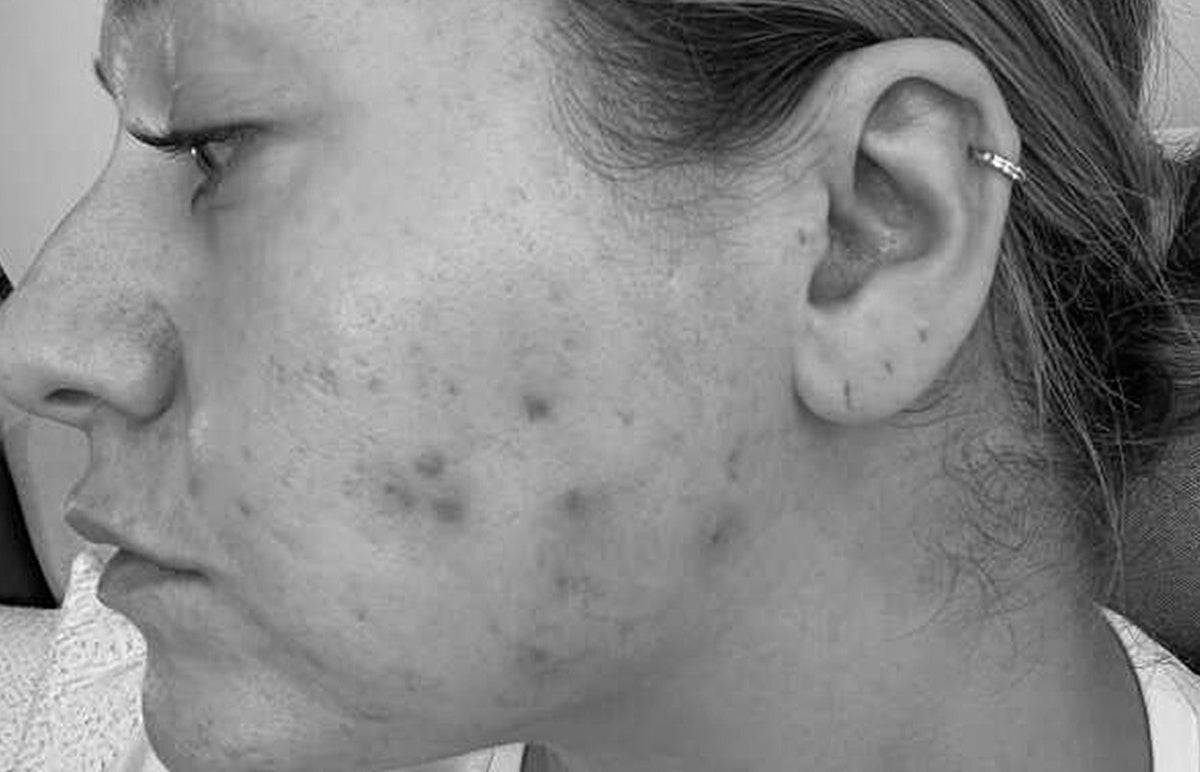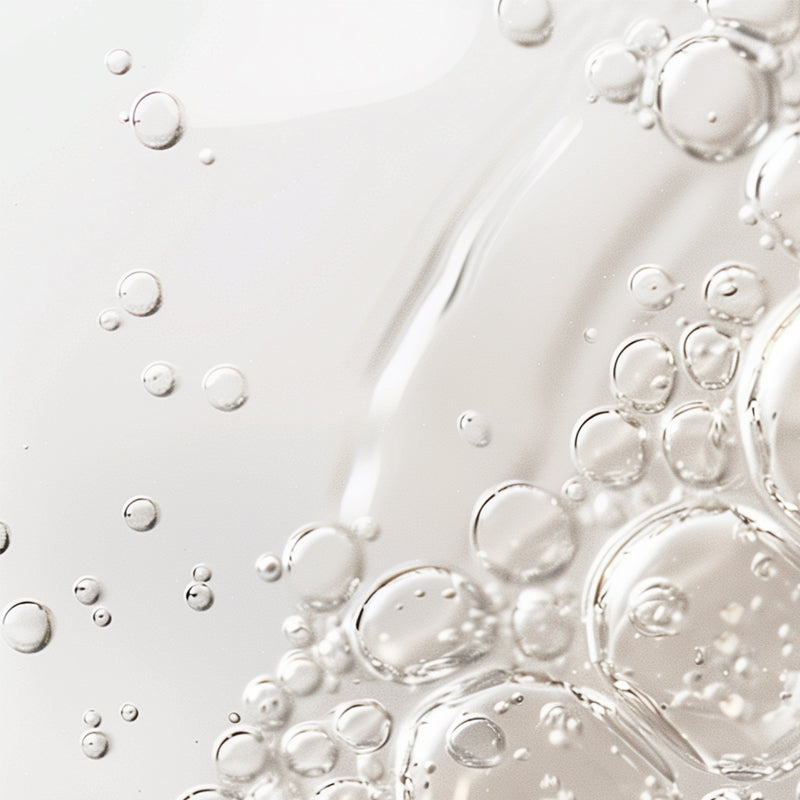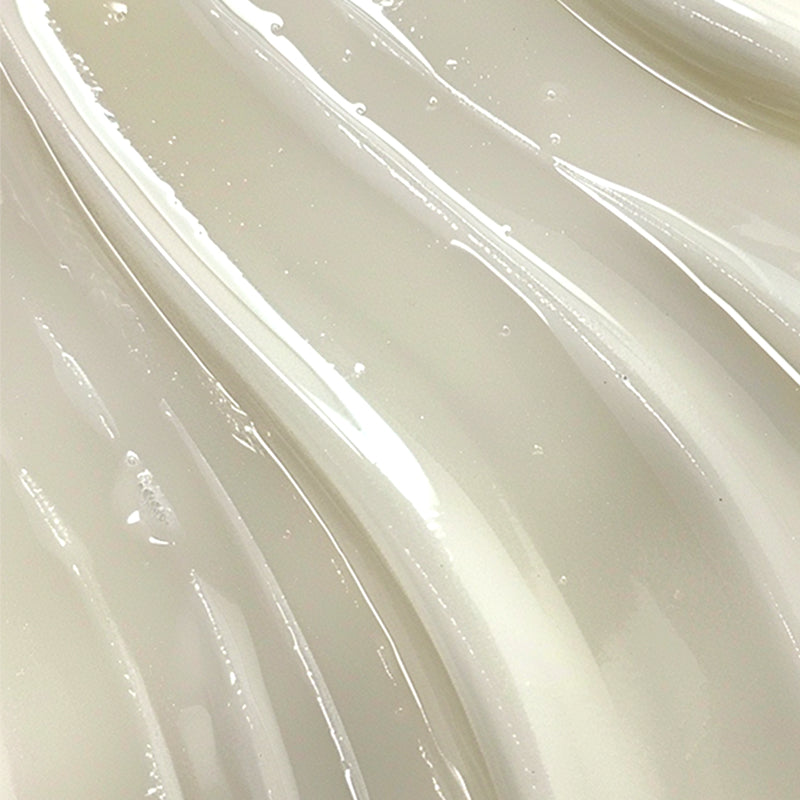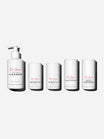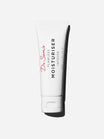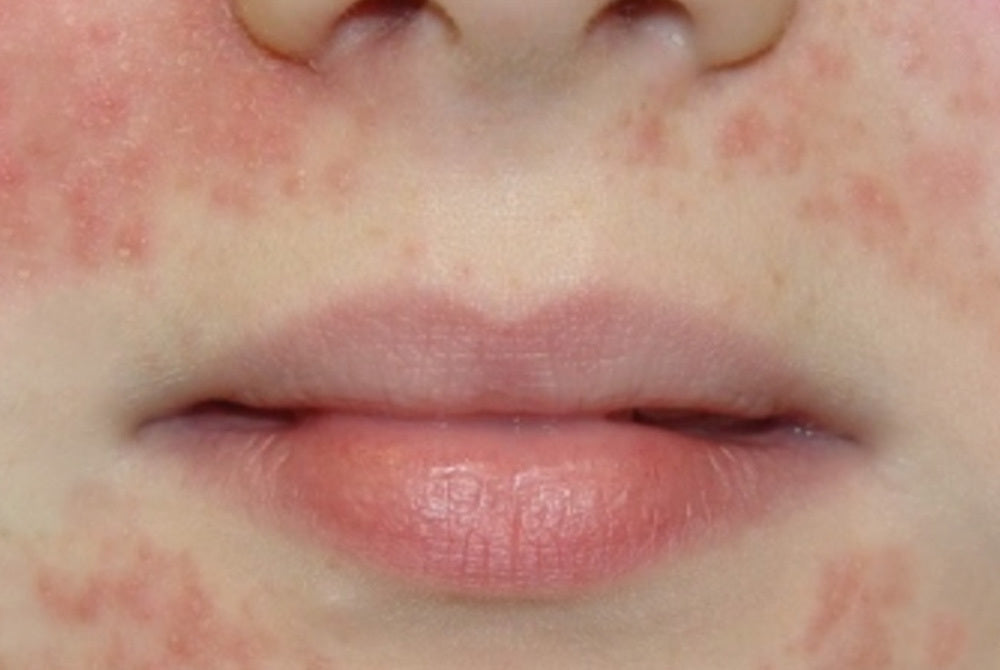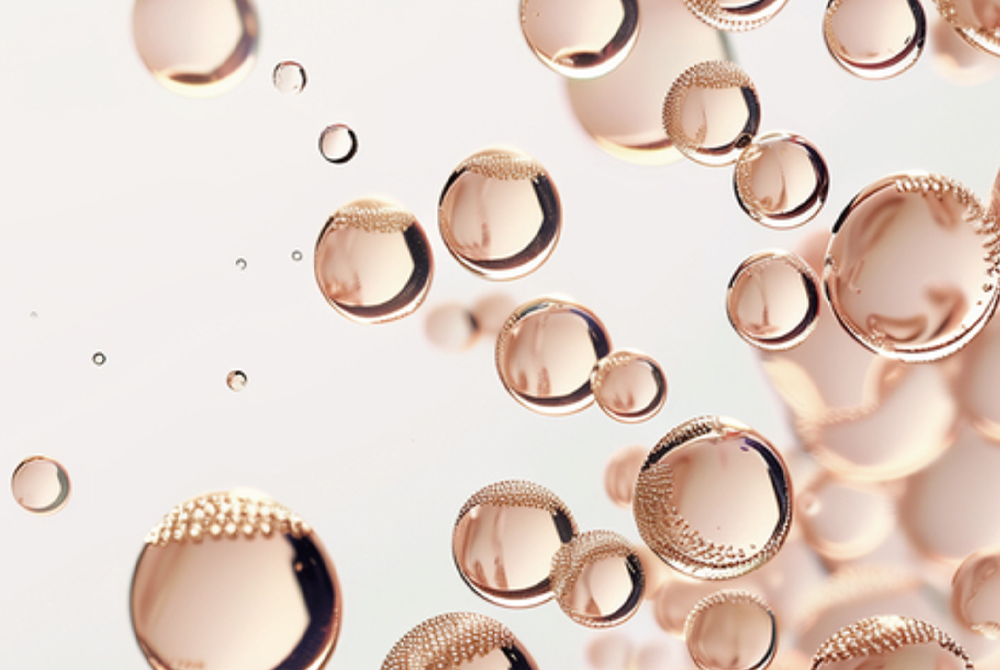Perioral dermatitis has become a trending topic in the skincare world with model Hailey Bieber, TikTok star Alix Earle and skinfluencer Natalie O’Neill all recently opening up about how they manage this tricky skin condition. So if you’re looking for skin solutions, scroll for everything you need to know - from recognising the signs to what might be triggering it, plus a video with my essential tips on how to treat perioral dermatitis. The good news: with a few simple steps, things can get better!
What is Perioral Dermatitis?
It’s a skin condition that typically affects areas around the mouth (but not the skin directly next to the lip edge), nose-to-mouth creases and the chin. Those with perioral dermatitis will usually see lots of tiny bumps that look the same, often joining up to create larger affected areas. The skin may also be red, dry and flaky.
Acne Vs Perioral Dermatitis
These two skin issues can often get confused, so it’s good to know what you’re dealing with first for the most effective treatment. The bumps on the chin are what tend to lead to the misdiagnosis of acne, as it bears similarities to the distribution of adult female-pattern acne. Perioral dermatitis can also appear around the eyes (called “periorificial dermatitis”) and, if severe, spread onto the cheeks.
The key difference: there are no clogged pores or comedones with perioral dermatitis, which distinguishes this condition from acne. It’s also worth noting this skin condition is most common in women, with only around 10% of those with perioral dermatitis being men.

What Causes Perioral Dermatitis?
No one really knows what causes this annoying skin issue – but the ‘wrong’ type of skincare can aggravate the affected areas. Common triggers include topical steroids (especially the stronger variants) and even fluoridated toothpaste. As with many other inflammatory skin issues, this skin condition is also exacerbated by stress.
How To Treat Perioral Dermatitis
When someone presents with this, the first thing I do is to suspend the current skincare regime (and frequently impose a makeup cull, too). A non-comedogenic regime is the order of the day (I know…I sound like a broken record). Sometimes this alone will be enough to solve the problem. If topical steroids are the cause, occasionally things will get worse before they get better. But stopping them is essential, so stick with it.
More severe cases will benefit from prescription medication. My preferred approach is topical azelaic acid and oral tetracyclines. Usually treatment for 6-8 weeks will sort things out. So satisfying.
The Perioral Dermatitis Tool Kit
It’s important to support your perioral dermatitis recovery with a good skincare routine. Here is a simple daily regime to try. Think calming and consistent.
1. Flawless Cleanser
Fragrance-free, non-comedogenic and sulphate-free. This one-step jelly cleanser washes away impurities without depleting your skin barrier.
2. Flawless Brightly Azelaic Acid Serum
Azelaic acid is my active of choice when it comes to treating perioral dermatitis. This formula is powered by 10% azelaic acid to soothe inflammation and reduce the appearance of redness.
3. Flawless Moisturiser Intense
A strong skin barrier supports smooth, clear, healthy skin. Our rich, fast-absorbing cream is clinically proven to repair your skin barrier after the first use (and won’t clog pores).
4. Flawless Gossamer Tinted SPF 50
Your daily non-negotiable for healthy skin. Apply our silky, all-mineral SPF 50 as a final step to protect while helping neutralise any redness.


